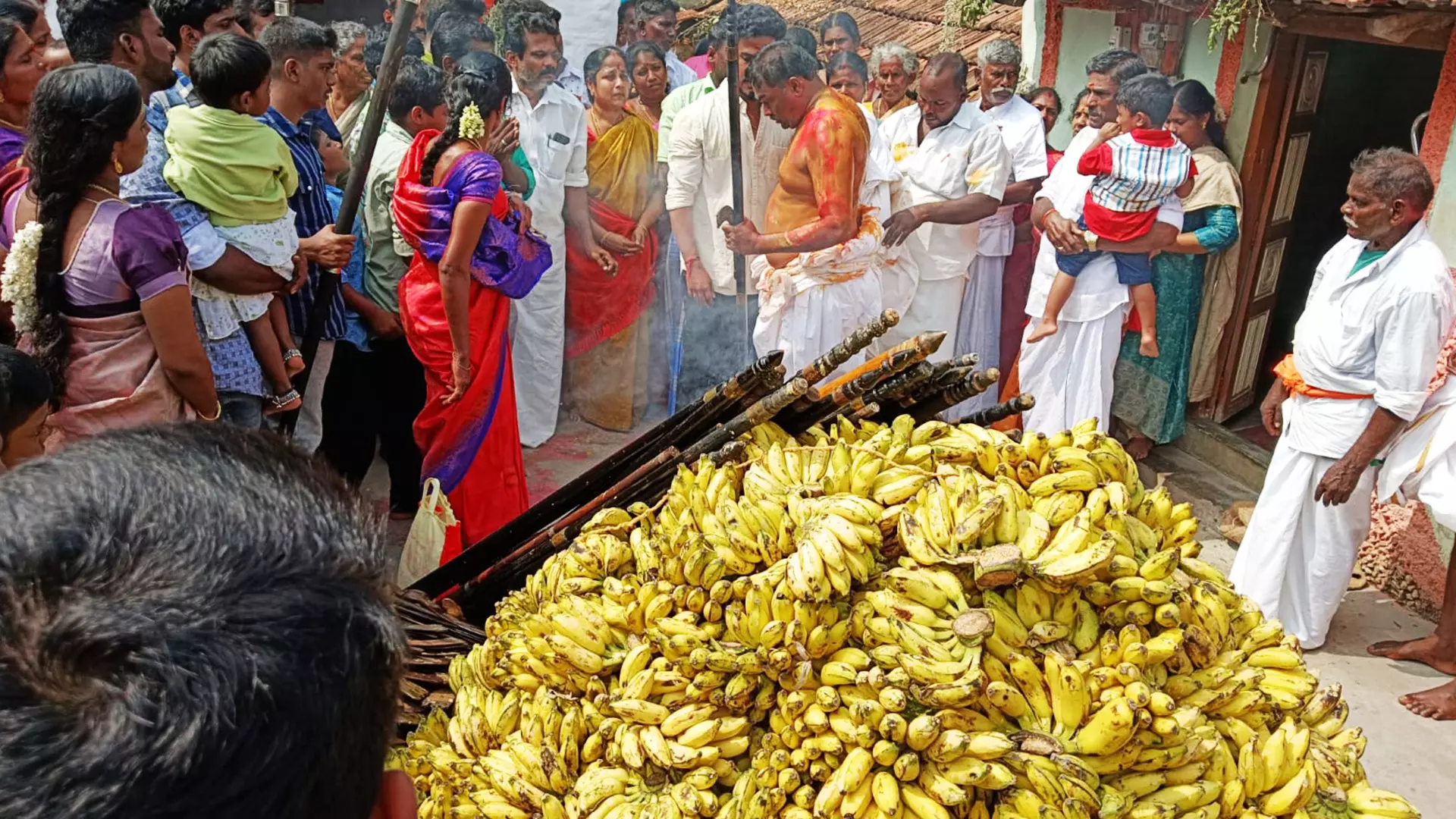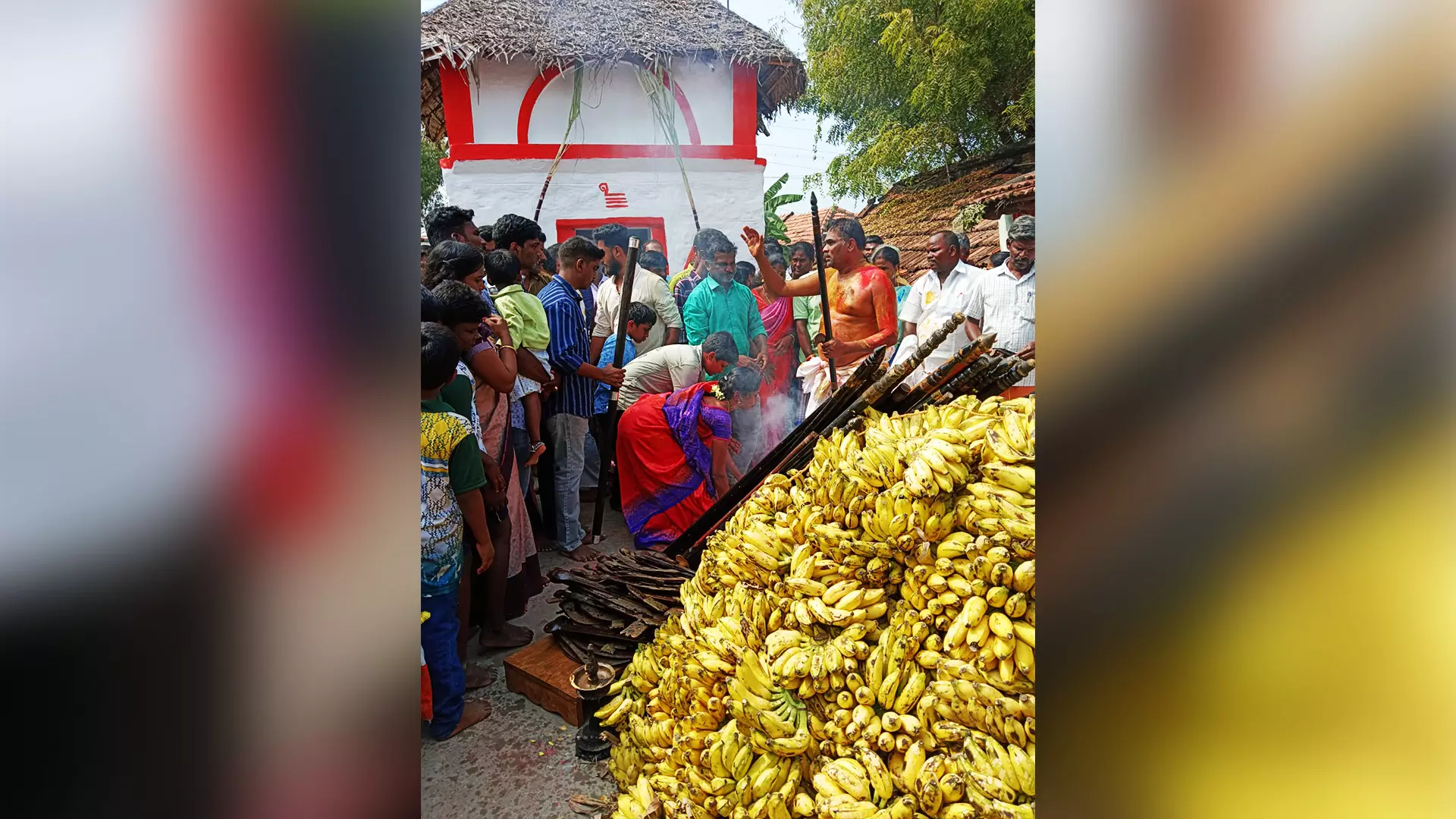
- Home
- India
- World
- Premium
- THE FEDERAL SPECIAL
- Analysis
- States
- Perspective
- Videos
- Sports
- Education
- Entertainment
- Elections
- Features
- Health
- Business
- Series
- In memoriam: Sheikh Mujibur Rahman
- Bishnoi's Men
- NEET TANGLE
- Economy Series
- Earth Day
- Kashmir’s Frozen Turbulence
- India@75
- The legend of Ramjanmabhoomi
- Liberalisation@30
- How to tame a dragon
- Celebrating biodiversity
- Farm Matters
- 50 days of solitude
- Bringing Migrants Home
- Budget 2020
- Jharkhand Votes
- The Federal Investigates
- The Federal Impact
- Vanishing Sand
- Gandhi @ 150
- Andhra Today
- Field report
- Operation Gulmarg
- Pandemic @1 Mn in India
- The Federal Year-End
- The Zero Year
- Science
- Brand studio
- Newsletter
- Elections 2024
- Events
- Home
- IndiaIndia
- World
- Analysis
- StatesStates
- PerspectivePerspective
- VideosVideos
- Sports
- Education
- Entertainment
- ElectionsElections
- Features
- Health
- BusinessBusiness
- Premium
- Loading...
Premium - Events

As you enter the Pattasamy temple in Kovilankulam, you see hundreds of Valari (a crescent-shaped weapon made of wood or iron) being kept beneath a pile of clusters of bananas before the tiny structure. You don’t see idols of gods here. Wrapped in a white dhoti, a ‘kodangi’ (oracle) holding a Valari and a long ‘karungali’ (ebony) stick offers blessings to those who prostrate before...
As you enter the Pattasamy temple in Kovilankulam, you see hundreds of Valari (a crescent-shaped weapon made of wood or iron) being kept beneath a pile of clusters of bananas before the tiny structure. You don’t see idols of gods here. Wrapped in a white dhoti, a ‘kodangi’ (oracle) holding a Valari and a long ‘karungali’ (ebony) stick offers blessings to those who prostrate before him. With his right hand, he gently (at times strongly) pushes the heads and shoulders of the devotees, and then walks with some of them around the pile of bananas. The oracle then rolls himself on top of the prostrated devotees lying one after the other on the floor of the temple. A man with a handlebar moustache pours sandal paste all over the body of the oracle, who, after completing each round, gets up and wishes good luck to all in Tamil.
Each temple has its own god and a system of belief. How about an ancient weapon as god? The Pattasamy temple in Kovilankulam is where the ancient hunting weapon is worshipped. Every year, on Thai Pongal (a harvest festival) day, they take out hundreds of Valari kept inside the temple, situated 15 km from Usilampatti, in the Madurai district of Tamil Nadu. A modification work using natural elements will be done in and round the tiny temple, surrounded by houses. The clusters of bananas are brought from Sholavandan, an agriculturally prosperous town 30 km away, by devotees two days before the main festival. The interesting part is that they cover the entire distance by walking with the clusters of bananas on their head.

People prostrate before the kodangi and Valari.
Kovilankulam is one of the ancient settlements of Piramalai Kallar, a subcaste of the Kallar community in Tamil Nadu. The Valari was used for hunting and self-defence, according to Ramasamy Pitchappan, whose discovery of ‘Virumandi’, the descendant of the first migrant Man Homo Sapiens to India’s Madurai was a turning point in the study of migrations. Scholars believe that people worshipped Valari as god because as a hunting tool, it helped them protect themselves from wild animals and enemies.
There is a connection between the Australian Aboriginal’s boomerang and the Valari of the Tamils. Even though Valari lost its significance after the invention of advanced weapons, it still dominates the ancient history of the Tamils. The Kovilankulam temple witnesses a number of offerings during the Thai Pongal day.
“The Valari is a non-returning stick made mostly of metal but also made from wood. The weapon had a rounded handle for throwing. The boomerang is a returning stick that the Aboriginals used for hunting birds, fish and smaller animals. The boomerang was smaller and much lighter than the Valari and the airfoils were different,” says Roger Perry, a Sydney-based boomerang champion, who had visited the Kovilankulam temple in 2019.
The oldest boomerang in the world found in Australia is 10,000 years old but cave paintings depicting boomerangs are over 20,000 years old. They were mainly used for hunting birds. “The origin as mentioned is Australia as the oldest boomerang but Egypt and possibly India also used returning boomerangs,” he says.
The Valari was made from both wood, and metal in later years whereas the aboriginal throw-stick was made only from wood and dates. “The ancient Indians used Valari for protecting their cattle from predators and during war and hunting. The Aboriginal Australians relied completely on kylie (non-returning throwing sticks similar to Valari) and boomerangs for hunting. We know that Indians from near the Madurai area migrated and settled in Australia thousands of years ago. The Tamils were experts in using Valari,” says Perry, who captained the Australian boomerang team for 20 years and won many competitions for the country. Valari might have come into existence by the Sangam Age in today’s Tamil Nadu. A Valari could travel a distance of 30 to 180 metres, depending on its thickness and weight. Since Valari was the favourite weapon of choice in deer hunting, the British banned the use of it and confiscated all the weapons in 1801.
Tradition states that the instrument played a considerable part in the Poligar wars of the last century, according to Edgar Thurston, author of Castes and Tribes of Southern India. “But it now reposes peacefully in the households of the descendants of the rude Kalian and Maravan warriors, preserved as a sacred relic of a chivalric past, along with other old family weapons in their puja (worship) room, brought out and scraped and cleaned on occasions like the Ayudha puja day (when worship is paid to weapons and implements of industry), and restored to its place of rest immediately afterwards.” writes Thurston.
Why is iron Valari being worshipped in the Pattasamy temple?
The Valari is worshipped in this temple because as a hunting tool it helped the village people to protect themselves from wild animals and enemies. “The origin of the Piramalai Kallar can be pushed back to 20-30 kya (thousand years ago): and as these people settled in the eastern plains of the Western Ghat as social groups, they probably worship the arms that protected them,” says Pitchappan, a Fellow of the National Academy of Medical Sciences and the Indian Academy of Sciences and a pioneer in immunology of infectious diseases, transplantation immunology and human genomics in India. “This could also have happened after an encounter with the British. In fact, the British announced it was illegal to possess this weapon — whether this made them surrender all of them to police administration, or a few at their temple as remembrance. One thing is evident, at this time religion had not invaded these people: and even today they worship only village deities,” he says.
The members of the 40 houses uniformly decide on who should be the ‘kodangi’ (oracle) of the Pattasamy temple. “Members of our community are scattered here and there. We inform everyone about the annual festival and they come and take part in the event. We have a great unity, a reason why we are able to conduct the festival without any trouble,” says Subhash P, a member in the committee that maintains the temple. “We have a practice of bringing the banana clusters from the nearby town called Sholavandan. Young devotees cover more than 30 km by walking barefoot holding a cluster of bananas each on their head. They reach two days before the main festival. We use only these bananas for the pooja. It’s an ancient practice and we still do it,” he says.
As the sun sets, it’s time to finish the rituals. Chandran, the ‘kodangi’, is tired as he has been giving blessings to the devotees since morning. There is no god and there is no money in the form of offering but Chandran is happy that he has been chosen for the role. The ‘kodangi’ wipes out the scars of sandal paste from his body using a white cloth. All the Valaris are taken back to the temple. The role is over, but people still come to him for blessings. For Chandran, the job never ends.

